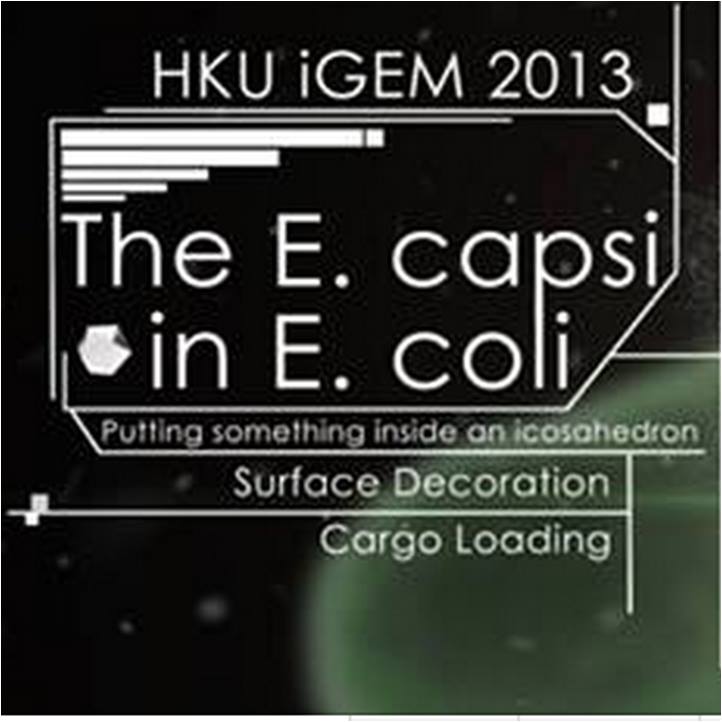Team:Hong Kong HKU
From 2013.igem.org
| Line 24: | Line 24: | ||
!align="center"|[[Team:Hong_Kong_HKU/Attributions|Attributions]] | !align="center"|[[Team:Hong_Kong_HKU/Attributions|Attributions]] | ||
|} | |} | ||
| + | <!doctype html> | ||
| + | <html> | ||
| + | <head> | ||
| + | <meta charset="utf-8"> | ||
| + | <title>E. capsi</title> | ||
| + | <style type="text/css"> | ||
| + | @import url("style1.css"); | ||
| + | body,td,th,h6 { | ||
| + | font-family: "Gill Sans", "Gill Sans MT", "Myriad Pro", "DejaVu Sans Condensed", Helvetica, Arial, sans-serif; | ||
| + | font-style: normal; | ||
| + | } | ||
| + | body { | ||
| + | background-image: url(background.jpg); | ||
| + | background-repeat: repeat; | ||
| + | } | ||
| + | </style> | ||
| + | </head> | ||
| + | |||
| + | <body> | ||
| + | <div id="divWrapper"> | ||
| + | <div id="divHeader"><img src="logo.jpg" width="960" height="240"/></div> | ||
| + | <div id="divline"></div> | ||
| + | |||
| + | <div id="divlinks"> | ||
| + | |||
| + | <div id="divNav"> | ||
| + | <ul> | ||
| + | <li><a href="index.html" class="current">Home</a></li> | ||
| + | <li><a href="notebook.html">Notebook</a></li> | ||
| + | <li><a href="modeling.html">Modeling</a></li> | ||
| + | <li><a href="humanpractice.html">Human Practice</a></li> | ||
| + | </ul> | ||
| + | </div> | ||
| + | |||
| + | <div id="divline"></div> | ||
| + | <div id="divAbout"> | ||
| + | |||
| + | <h5 style="font-size:14px">About</h5> | ||
| + | <p>Welcome to the wiki page of HKU iGEM Team 2013. The page is still under construction. Feel free to read our project description by the mean time.</p> | ||
| + | <p><a href="https://www.facebook.com/HKUiGEM">Find us on Facebook</a></p> | ||
| + | <p><a href="mailto:igemhku2013@gmail.com">Send us an email</a></p> | ||
| + | <br> | ||
| + | <br> | ||
| + | |||
| + | <h6 style="font-size:14px">Project Description</h6> | ||
| + | <p sytle="font-size:12px">Phosphate pollution in waterways and water treatment plants is a major environmental problem. Removal of phosphate from sewage is required to treat agricultural discharge to reduce eutrophication, algal bloom and “dead zones” in coastal marine ecosystems. The current methods, both biologically and chemically, involve the use of uncultivated bacteria or neutralising chemicals. However, they have an unsatisfactory efficiency and bring hazards to the environment. | ||
| + | |||
| + | The aim of this project is to remove or reduce the levels of inorganic phosphate (Pi) from a system by employing our engineered bacteria E. capsid, which is capable of non-reversibly accumulating phosphate in the form of polyphosphate in the cellular protein cage, Eut microcompartment (MCP). Furthermore, our project provides a novel way of recovering the accumulated polyphosphate, an energy-rich macromolecule that can be utilized as a substrate for industrial use, by genetically modifying the MCP’s surface. | ||
| + | |||
| + | As a whole, it suggests an environmental sustaining principle - “turning the harmful into beneficial”, which is to tackle the existing environmental issues. | ||
| + | </p> | ||
| + | </div> | ||
| + | </div> | ||
| + | </div> | ||
| + | </body> | ||
| + | </html> | ||
Revision as of 07:34, 3 August 2013
| Hello World | |
|
Tell us more about your project. Give us background. Use this as the abstract of your project. Be descriptive but concise (1-2 paragraphs) | 
|
| Team Hong_Kong_HKU |
| Home | Team | Official Team Profile | Project | Parts Submitted to the Registry | Modeling | Notebook | Safety | Attributions |
|---|
<!doctype html>

About
Welcome to the wiki page of HKU iGEM Team 2013. The page is still under construction. Feel free to read our project description by the mean time.
Project Description
Phosphate pollution in waterways and water treatment plants is a major environmental problem. Removal of phosphate from sewage is required to treat agricultural discharge to reduce eutrophication, algal bloom and “dead zones” in coastal marine ecosystems. The current methods, both biologically and chemically, involve the use of uncultivated bacteria or neutralising chemicals. However, they have an unsatisfactory efficiency and bring hazards to the environment. The aim of this project is to remove or reduce the levels of inorganic phosphate (Pi) from a system by employing our engineered bacteria E. capsid, which is capable of non-reversibly accumulating phosphate in the form of polyphosphate in the cellular protein cage, Eut microcompartment (MCP). Furthermore, our project provides a novel way of recovering the accumulated polyphosphate, an energy-rich macromolecule that can be utilized as a substrate for industrial use, by genetically modifying the MCP’s surface. As a whole, it suggests an environmental sustaining principle - “turning the harmful into beneficial”, which is to tackle the existing environmental issues.
 "
"